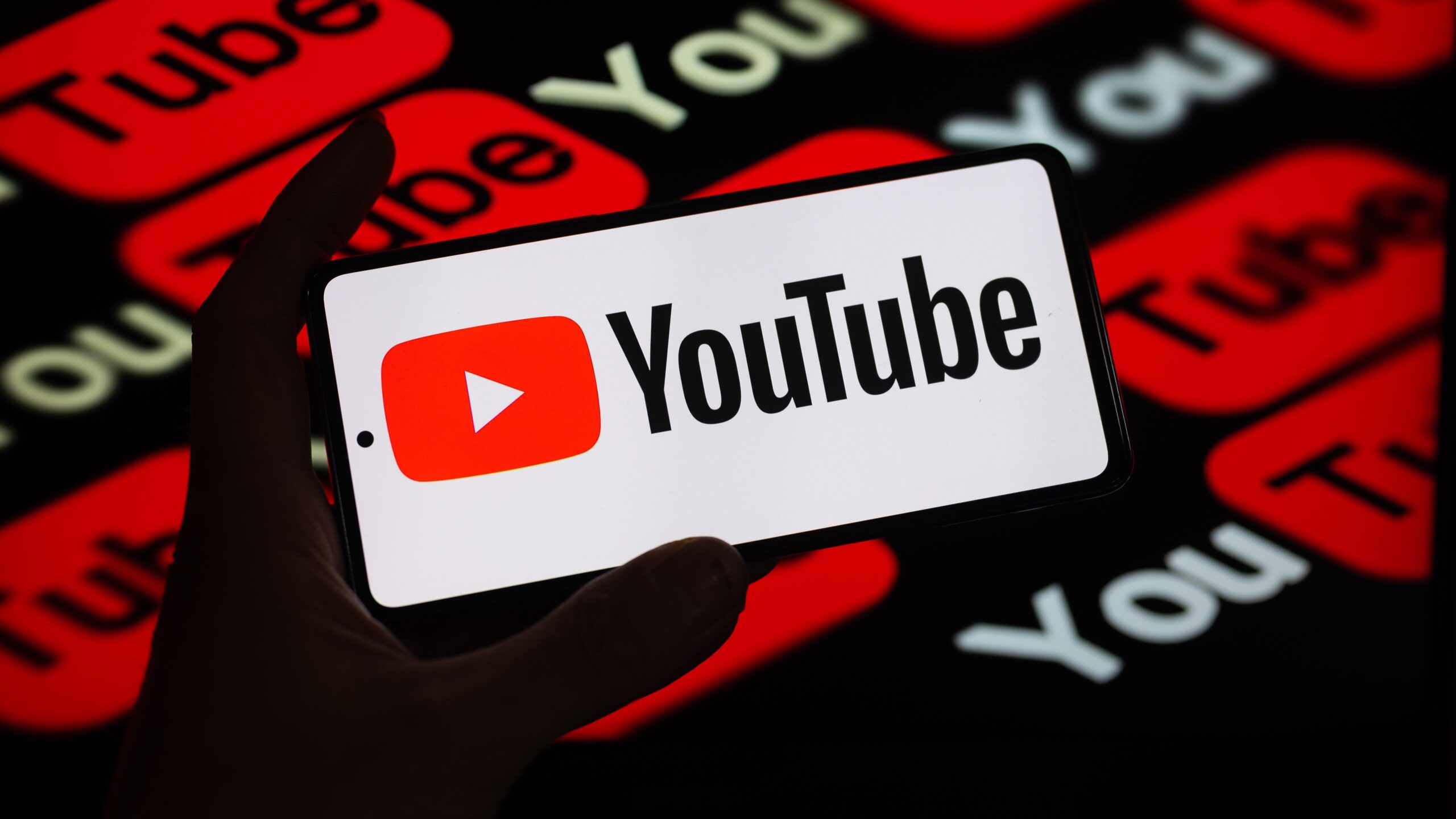YouTube Can Spot Those AI-Produced Faces and Music Tracks You’re Seeing All Over
In recent years, artificial intelligence has taken significant steps towards revolutionizing various industries. One aspect where AI has made significant strides is in generating high-quality visuals and music using deep learning algorithms. While these AI-generated creations can often seem impressively convincing, YouTube has developed a system capable of spotting them on its platform.
In a world where deepfake videos are becoming increasingly sophisticated, it’s vital to have systems in place to detect authentic content from AI-generated ones. YouTube’s parent company, Google, has been at the forefront of developing advanced AI technology. Recognizing the potential danger of AI manipulation, they have invested considerable resources into creating tools to combat AI-generated fake videos and music on YouTube.
The primary focus of YouTube’s detection system is to identify two common forms of AI-generated content: deepfake faces and AI-generated music tracks. Deepfakes are computer-generated videos that combine and superimpose existing images and videos onto source images or videos, resulting in seemingly genuine footage. On the other hand, AI-generated music tracks are computer-composed pieces that mimic the style and instrumentation of human-created music.
Detecting deepfake faces and AI-generated music tracks is a complex challenge due to the sophistication of modern AI algorithms. However, YouTube’s extensive data and machine learning capabilities allow its detection system to analyze patterns, identify anomalies, and distinguish between genuine and AI-generated content.
When it comes to deepfake faces, YouTube’s detection system uses a combination of facial recognition technology and AI analysis. It cross-references faces within a video against a vast database of known individuals, thereby identifying if the face being shown is genuine or a manipulated deepfake. The system also monitors for inconsistencies in facial features, such as unnatural movements or uneven lighting, which can indicate the presence of an AI-generated face.
Similarly, YouTube’s detection system for AI-generated music tracks relies on the power of machine learning. By training its algorithms on millions of songs from various genres and time periods, the system can differentiate between human-created music and AI-generated tracks. It analyzes elements such as chord progression, structure, melody, and instrumentation to identify any discrepancies or telltale signs of AI involvement.
The development of such detection systems by YouTube is a significant step towards protecting the platform from the misuse of AI-generated content. Deepfake videos have the potential for misinformation, defamation, and even identity theft. AI-generated music tracks can infringe upon copyright laws and devalue the work of genuine artists. By detecting and flagging such content, YouTube aims to maintain the authenticity and credibility of the videos on its platform.
YouTube’s efforts to combat AI-generated content are not only focused on detection but also on raising awareness and educating users. They have started implementing visual cues and disclaimers on videos suspected of containing AI-generated elements. This helps viewers become more vigilant and discerning when watching potentially manipulated content.
While YouTube’s detection system is undoubtedly impressive, it is a constant game of cat and mouse between AI development and detection tools. As AI technology becomes more sophisticated, so too do the methods for manipulating content. Ensuring the continued effectiveness of YouTube’s detection system will require ongoing research, development, and collaboration with the wider AI industry.
Nevertheless, YouTube’s commitment to addressing the issue of AI-generated content is a positive step forward. By actively working towards the identification and awareness of deepfake faces and AI-generated music tracks, they set an example for other platforms to follow suit. With the rapid pace at which AI technology is evolving, it is crucial for online platforms to stay proactive in developing robust systems that protect users from manipulated content.
the rise of AI-generated content poses various challenges regarding misinformation and copyright infringement. YouTube’s detection system represents a significant step towards mitigating these risks by spotting AI-produced faces and music tracks. As technology continues to advance, it becomes crucial for platforms to remain vigilant, adapt, and develop innovative solutions to preserve the integrity of online content.
Hey Subscribe to our newsletter for more articles like this directly to your email.
